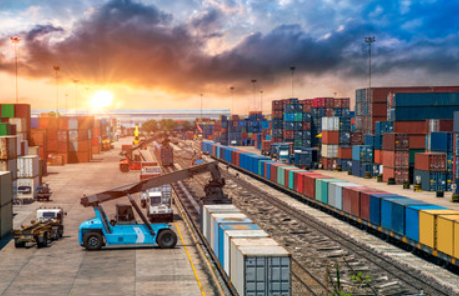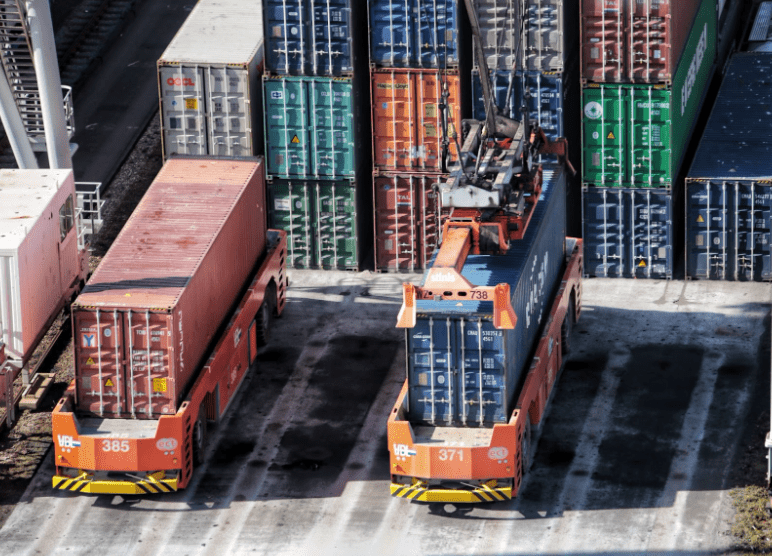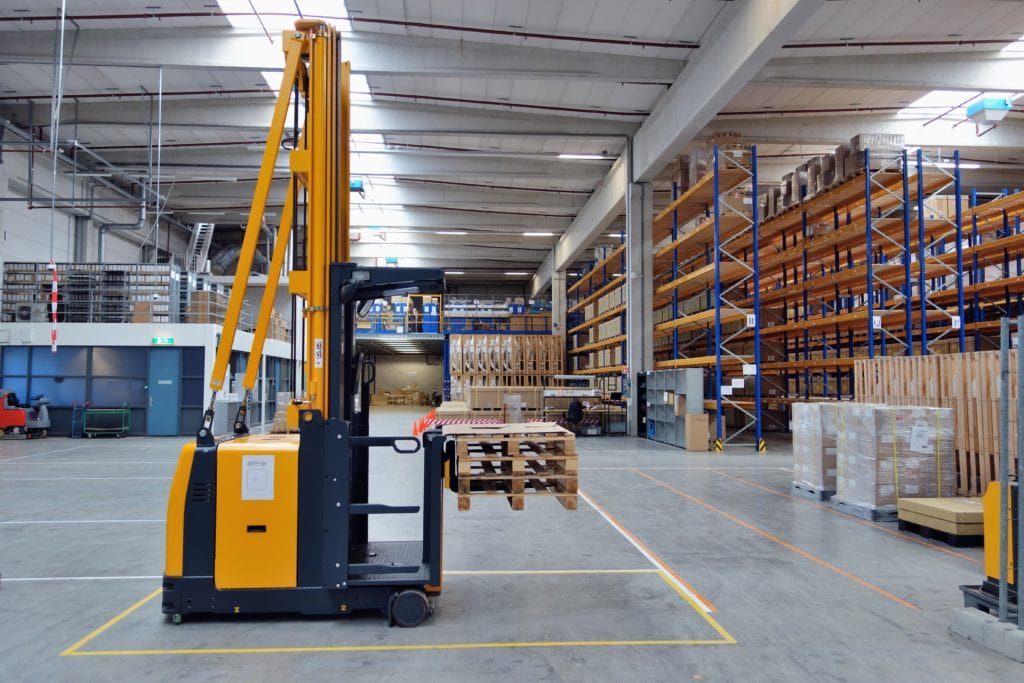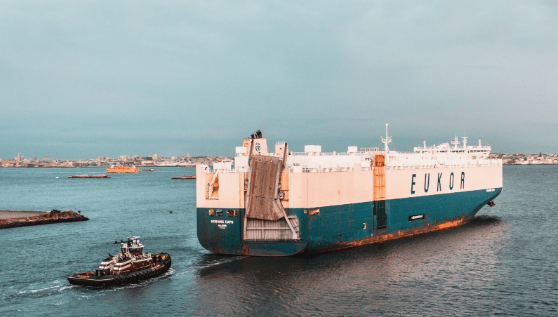Articles
Knowledge Center

Inbound Logistics: Definition, Examples, and Process
Logistics is an essential aspect of any business, as it involves planning, organizing, and managing the flow of goods, services, and information from the point of origin to the point of consumption. It encompasses the entire process of sourcing raw materials, assembling products, and delivering finished goods to customers. Logistics can be divided into two […]
Read More
Dangerous Goods: Definition, Regulations, and Classes
Companies ship various goods by land, sea, and air daily. Some are hazardous substances and pose severe effects if not handled properly. The dangerous goods regulations and guidance are strict and enforced by various government agencies and international organizations, such as the United Nations, to minimize the risk of accidents or ensure safe transport. Let’s […]
Read More
Agile Supply Chain: What It Is, Benefits, and Applications
Supply chains can be complex and sensitive. A company can’t survive without a supply chain because it needs everything from raw materials to the final product. Many companies have established an agile supply chain to manage supply better, move goods quickly, and deliver them on time. This process is fundamental to those who produce physical […]
Read More
What Is an ELD? The Benefits, Purpose, and Features of ELDs
Many businesses that operate a fleet of trucks or vehicles are required to have ELD or electronic logging devices installed in each vehicle. ELDs are intended to enhance the safety of professional truck drivers. ELDs are a convenient way to manage, track, and share data during driving and downtime. As technology continues to evolve, it […]
Read More
Transloading: Meaning, Benefits, and Challenges
Transloading is a crucial component of supply chain management, as it helps to optimize the movement of goods and reduce transportation costs. It allows logistics companies to adapt to changes in demand and unexpected logistical challenges while shipments still reach their final destinations quickly and cost effectively. Let’s look at the meaning, benefits, and challenges […]
Read More
What is a Straight Truck? Definition, Types, and Uses
Wondering what a straight truck is? A straight truck refers to a type of vehicle with a tractor-trailer in a fixed position. In other words, all the axles in a straight truck attach to a single frame. Usually, straight trucks look like do-it-yourself moving trucks and, in most cases, move housing supplies, boxes, furniture, refrigerators, […]
Read More
Logistics Planning: Definition, Types, Importance, and Strategies
Have you ever been to a business that looked neat and orderly at first glance, but behind the scenes it was a different story? It’s easy to present as a well-oiled machine in the front office, but if you neglect business processes at other levels, you’re in trouble. Logistics planning can help you fire on […]
Read More
Drayage: Meaning, Importance, and Types
Large container ships move cargo from port to port across the continent. Trucks and railways move cargo within countries. Consider, however, the smaller, more intricate steps that allow freight to move between transportation modes. These smaller national movements are collectively called drayage and are crucial to shipping logistics. What Is Drayage? Drayage is a form […]
Read More
Cross Docking: Definition, History, and Process
Cross docking is a shipping method that transfers goods from one transportation mode to another to get them directly from the source to their destination. Cross docking is widely used in freight transportation because it helps reduce costs and storage space, among other benefits. This article covers cross docking definitions, history, types, methods, advantages, disadvantages, […]
Read More
TEU: Definition, History, and Vessel Sizes
TEU, or a twenty foot equivalent unit, is the standard measure of container capacity on a ship. In other words, it tells you how many 20-foot-long containers can fit on particular container ships. TEU is important because it allows for easy comparison of vessel sizes. For example, if one container ship has a capacity of […]
Read More